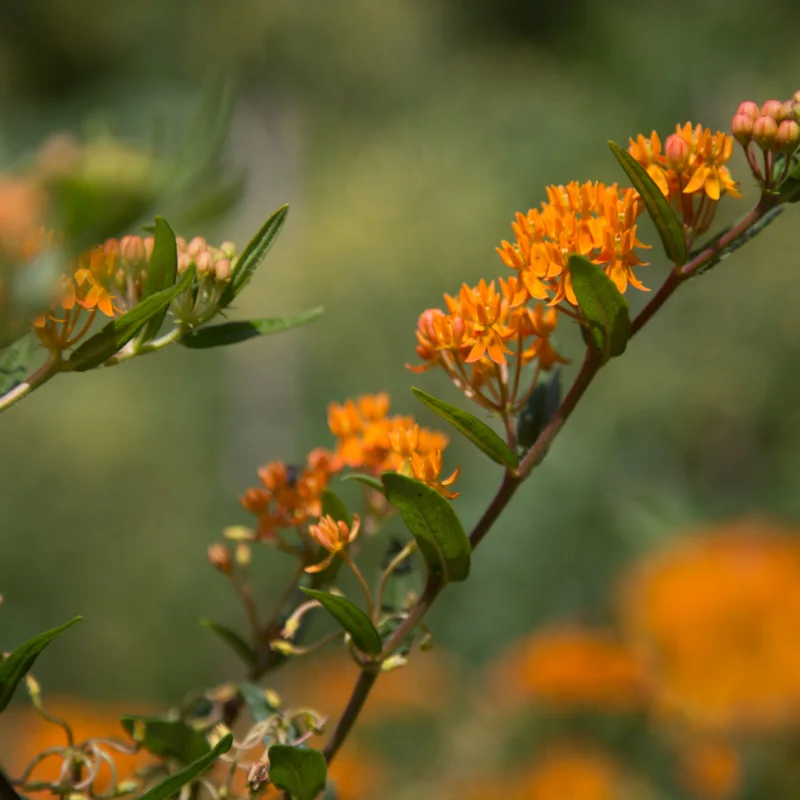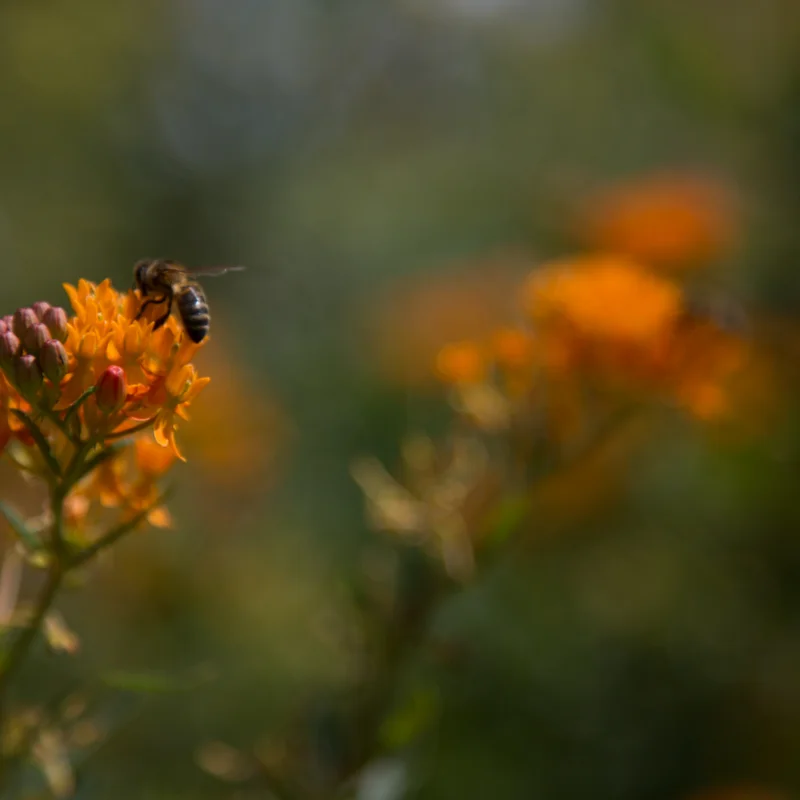Asclepias tuberosa
This perennial species has an abundance of red flowers, sometimes fading to yellow and orange. The stem is not milky and the taproot is long and slender. It can withstand frosts of around -20°C.
Highly nectariferous, it is appreciated by hummingbirds, butterflies and other pollinators.
These products may also be of interest to you
in bucket
Perennial seeds require a wintering period for germination. Place them in the fridge for 60 days before sowing in spring. Sow in trays, covering the seeds lightly. When the plants have 5 to 6 leaves, transplant into individual cups or directly into warmed soil. Autumn sowing is done in the same way and left outdoors until spring.
Germination takes from 30 to 90 days at between 13°C and 23°C.
February, March, April, September, October, November
June, July, August, September
in the ground, in pot
sunny
low
limestone, sandy, humus, potting soil
drained, wet, light
Asclepias tuberosa
mid-season
50 seeds
Yellow, Orange, Red
From 90 to 120 cm
North America
It is a medicinal plant renowned for its expectorant properties. As one of its English names indicates, "Pleurisy Root", its properties are used in cases of pleurisy, asthma and bronchitis. "Asclepias tuberosa was used by the Omaha, Navajo, Cherokee, Delaware, Iroquois, Menominee and Mohegan peoples as an analgesic, diaphoretic, antidiarrheal, expectorant, cardiac tonic and laxative, and to treat gynecological, pulmonary, dermatological and respiratory problems. According to some phytotherapists, it is one of the most reliable and gentle diaphoretics, in which case the roots are used.
















